CFMC UPDATES CFMC UPDATES







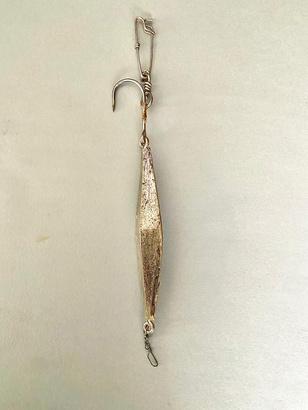
A descending device, or a fish elevator, is a tool designed to release previously caught deep-sea fish that do not comply with the minimum established catch size, are regulated by law, or are currently under closure. This device can be bought or made at home. It consists of a simple weights system, aimed at lowering the fish to an adequate depth before releasing it, thus greatly increasing its chances of survival after release.
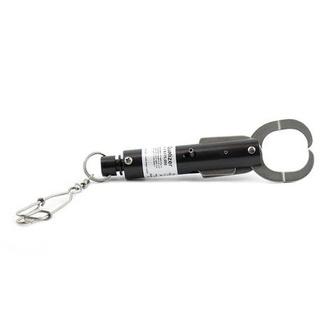
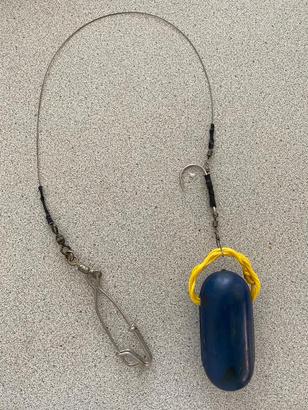 In the Caribbean Fishery Management Council (CFMC)'s bulletin you will find announcements, facts about marine species, and valuable information on fishing and regulations that rule this activity in Puerto Rico and the US Virgin Islands
Homemade descending devices built by Marcos Hanke In the center photo a 16oz. fishing jig was used.
SeaQualizer is a descending device that you can buy and is ready to use.
In the Caribbean Fishery Management Council (CFMC)'s bulletin you will find announcements, facts about marine species, and valuable information on fishing and regulations that rule this activity in Puerto Rico and the US Virgin Islands
Homemade descending devices built by Marcos Hanke In the center photo a 16oz. fishing jig was used.
SeaQualizer is a descending device that you can buy and is ready to use.
Descending devices promote better fishing practices and contribute to the sustainable use of the fishery resources at hand. By releasing fish back to the ocean with this device, fisherfolk help maintain the reproductive potential of the released fish, since the fish is returned with minimal barotrauma and continues its ecological functions (reproduction and taking its place in the food web).
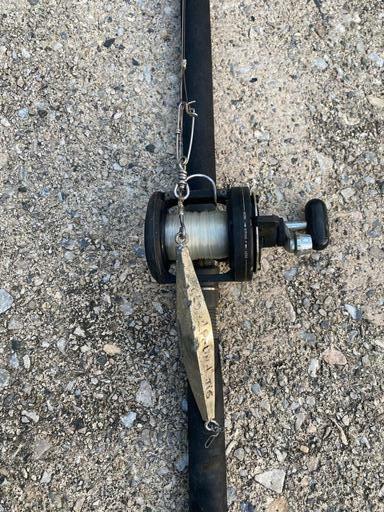

Fisherfolk can easily build their own descending devices at home using common fishing tools. The devices are not costly. Their prices can vary from $2.00 to $75.00 for more sophisticated models. Fish elevators are easy to use and are very attractive because of their low cost and efficiency. Proper use of these devices does not represent any hazard to the angler. As with any other skill, practice makes perfect; that is to say, the more anglers practice releasing deep-water fish using descending devices, the easier the practice will become, for angler and fish alike.

You can find more information about this topic at https://returnemright.org/resources/.
 Left: Always have ready a fishing rod with the descending device Central: Marcos Hanke shows a descending device made with two 8oz weights and a barbless J-hook Right: Homemade descending device built by Marcos Hanke
Left: Always have ready a fishing rod with the descending device Central: Marcos Hanke shows a descending device made with two 8oz weights and a barbless J-hook Right: Homemade descending device built by Marcos Hanke
James Kr nder age of 5 him to fish in both fresh and seawater. Since then, he hasn t stopped fishing, and his children and grandchildren have learned to fish as well. From 1981-1990, he lived in St. John, and he moved to St. Thomas after Hurricane Hugo. It's there where he currently works as a commercial fisherman who also enjoys recreational fishing. He joined the Council in 2022, after Tony Blanchard finished his service.
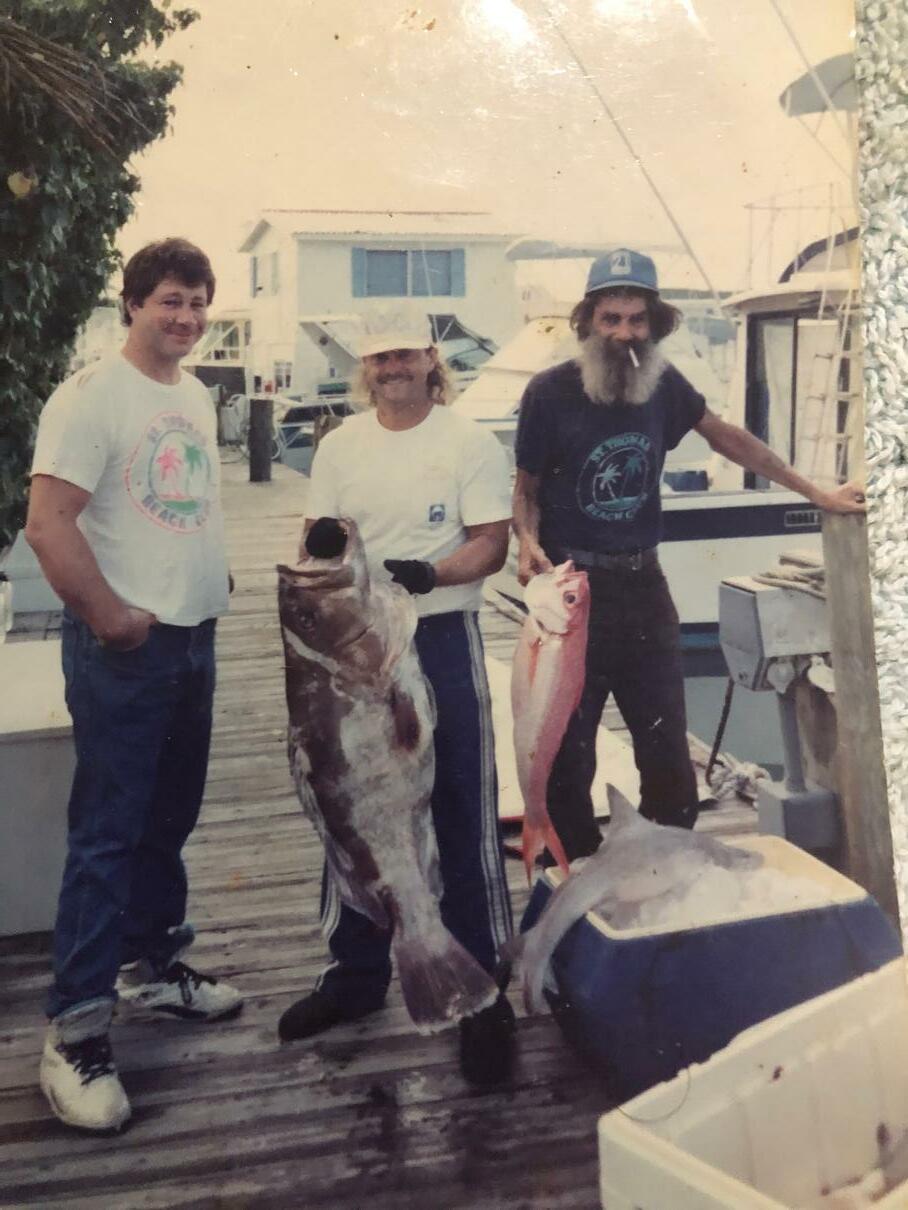 Fotos provistas por: James Kreglo
Fotos provistas por: James Kreglo
James fishes everything, “whatever my customers want”. Furthermore, he practices diverse fishing methods such as using pole spears and spearguns, and line fishing. However, just like many other fisherfolk, he has his favorite species and fishing method.
“My favorite catch is dolphinfish. I like pole spear fishing best. I can choose exactly which fish to shoot. It’s faster than a spear gun, and there’s no bycatch! I only catch the fish I want,” James explains.
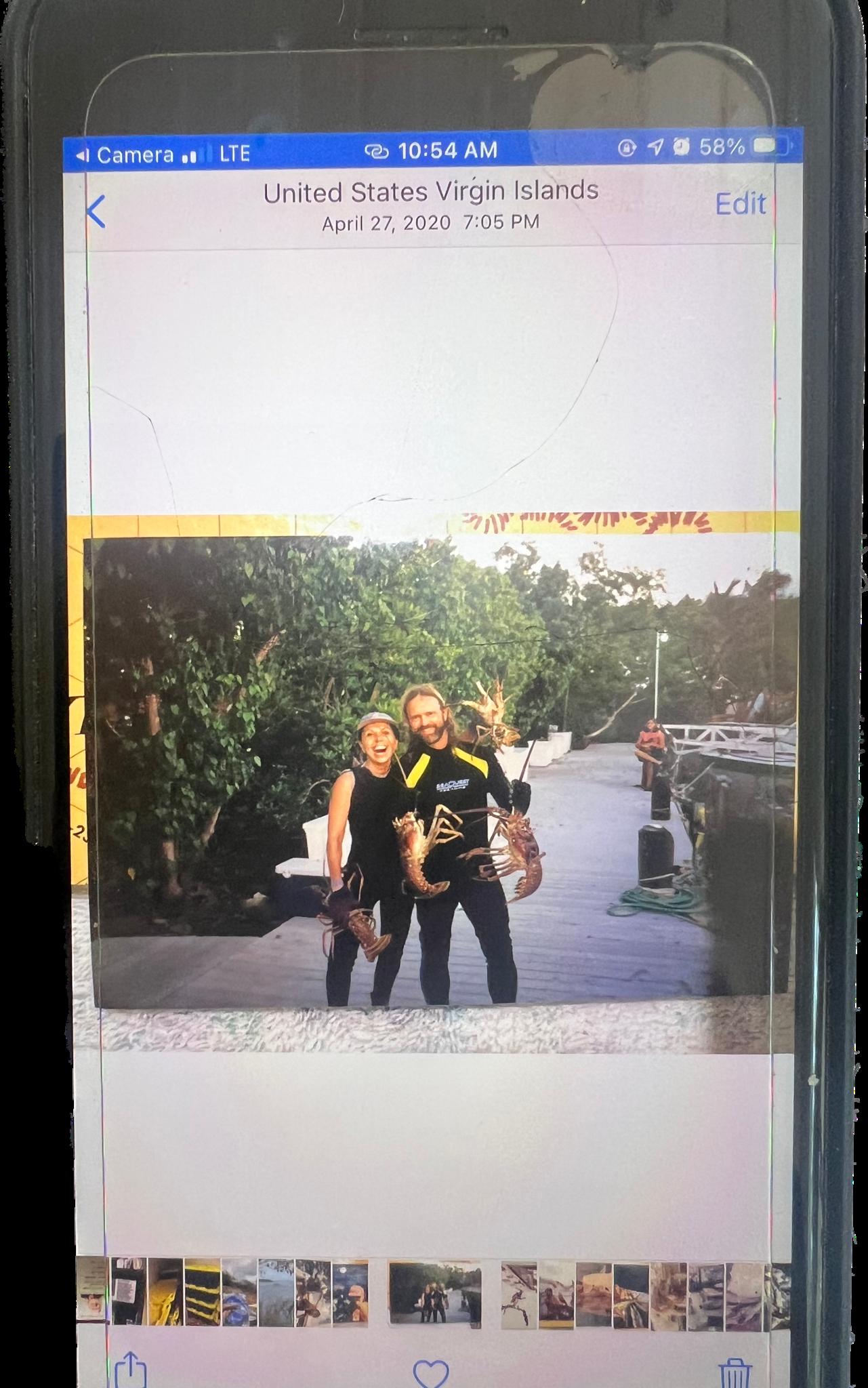
James stays busy in some fishing groups. He has been a member of the Bass Anglers Sportsman Society (BASS) since 1971. From the 1990’s up until the present, he’s also been part of the Virgin Islands Game Fishing Association as well as the International Game Fishing Association (IGFA).
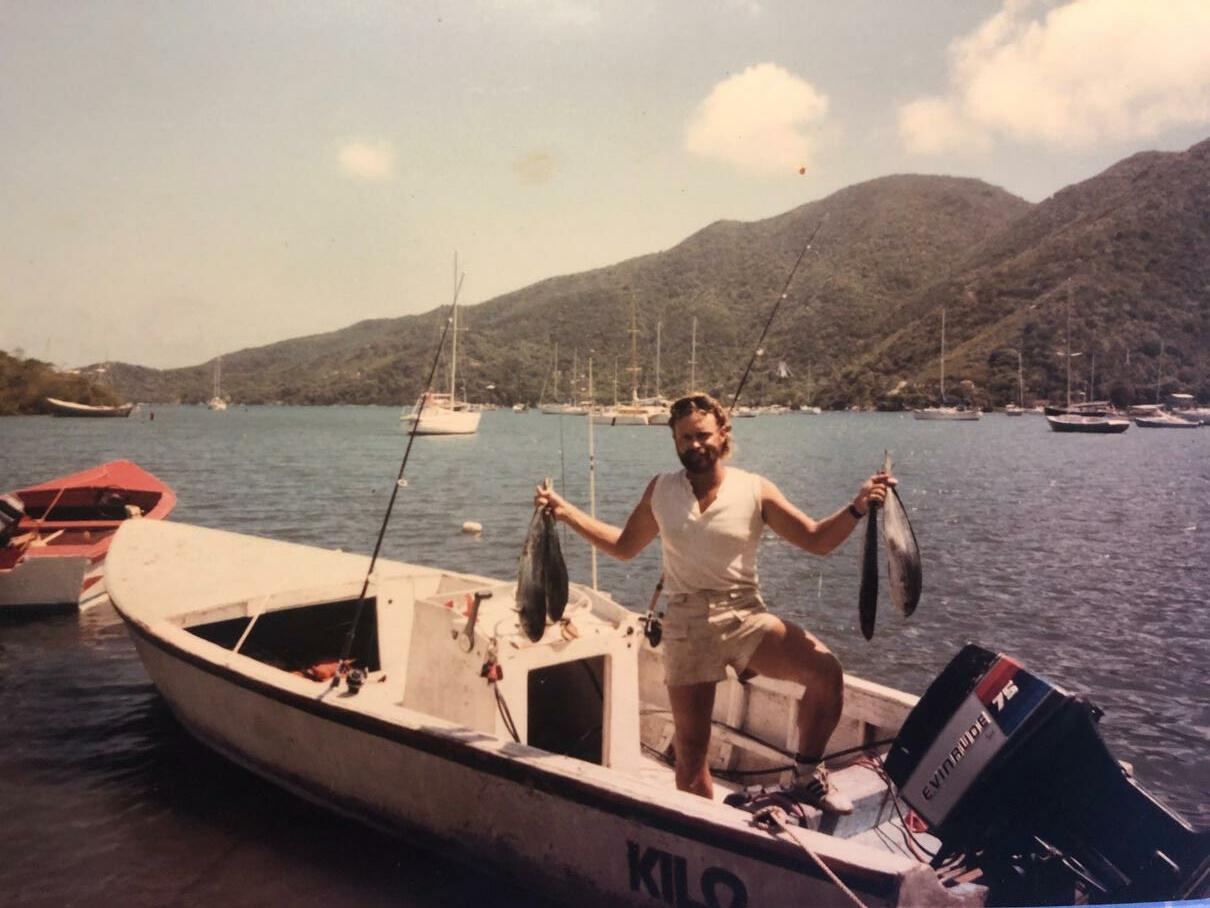
Similarly, he has become involved in fishing-related community activities. He collaborates with the US Coast Guard AuxiliaryAir/Sea Rescue whenever there are missing fisherfolk and boaters. On a related note, he teaches boating safety classes, and develops and distributes survival kits for commercial fisherfolk and trains them in the kit’s proper use. Furthermore, he works with World Central Kitchen and is a promoter of more female fishers. He also assists local fisherfolk with grant applications. During the time he’s spent in the Council, James has felt welcomed, and in his words, has noticed “the professionalism & dedication of the council members, scientific, legal, & support staff”.
“Fishing is a life-long experience that should be shared with younger generations. I have a sense of responsibility towards training young fisherfolk. I feel it when I provide fish and seafood to my customers, many of them on a fixed income, who share the food with friends and family. The future of fishing lies in the young generation coming up and in proper resource management,” James assures us.
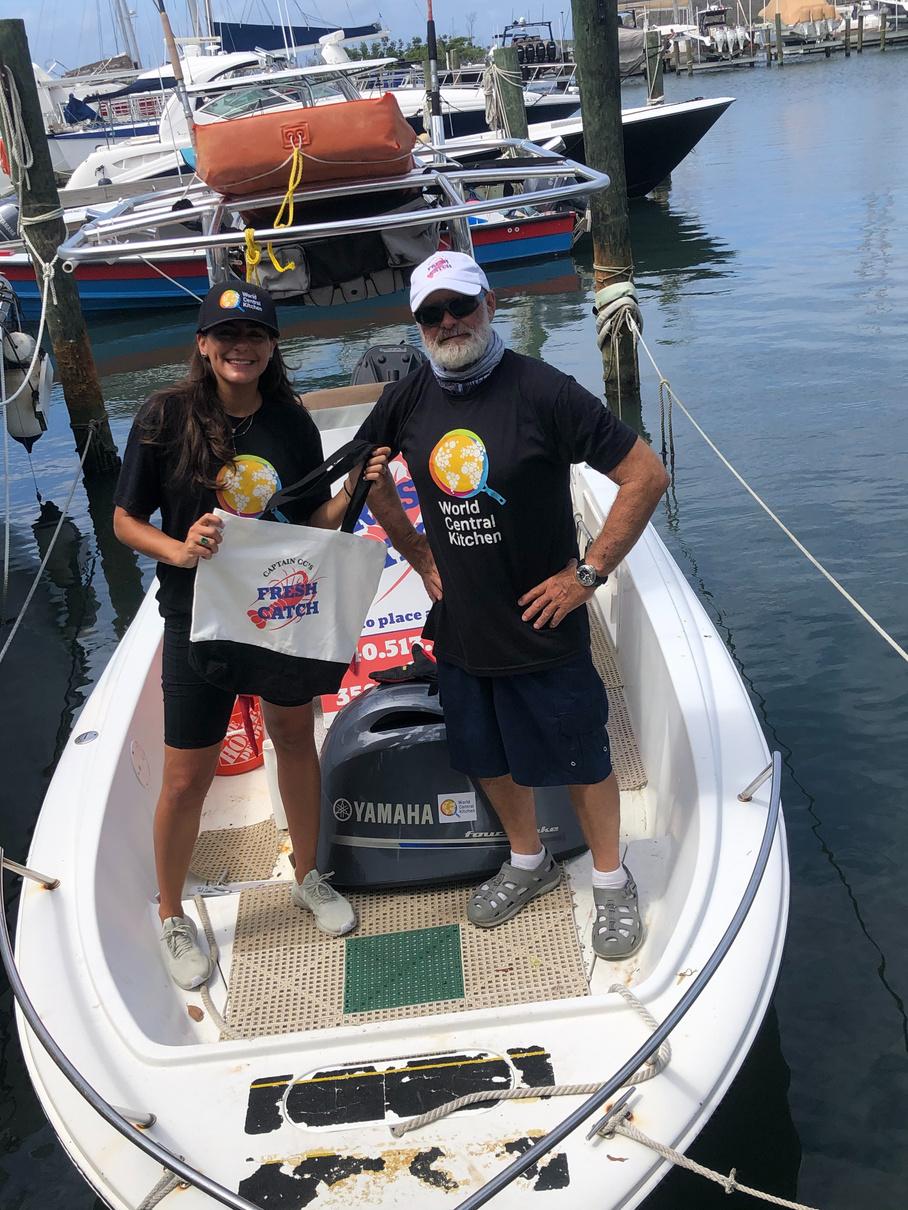
After 9/11, I joined the US Coast Guard Auxiliary and participated in missions as Coxswain, Air Crew, and Emergency Medical Technician (EMT). We flew a mission before the December holidays searching for a missing fisherman. This was the last day of the search & the USCG Falcon jets and C-130 from Florida had completed their search patterns. Our aircraft was the only one still searching & after seven and a half hours we located the fisherman alive and he returned safely to his family.
I have searched for others, including friends, and never found them. The US Coast Guard has searched for me twice and never found me. Please carry proper safety equipment so you can be found, and even if you ' re not found, you can survive. Caribbean fishers have survived 40-50 days adrift!
“Cuando miraba el cubo que ya había cinco o seis (peces), me iba; con eso estaba contento. Siempre he tenido una conciencia de no llevarme todo”, nos dijo José acerca de sus pescas en lago cuando era niño.
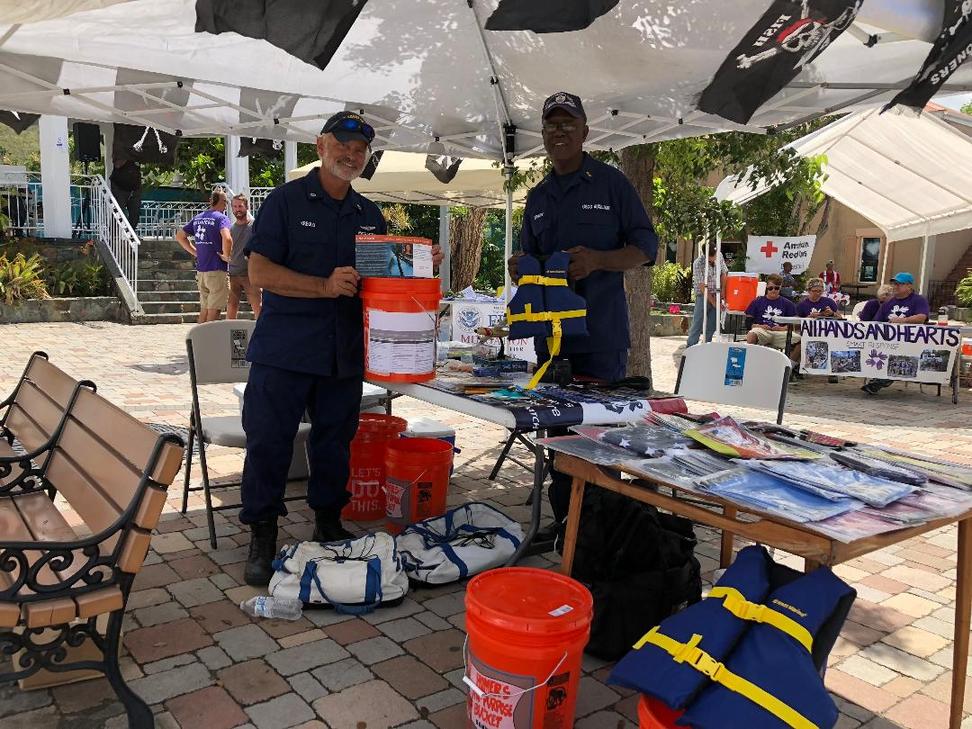
I would like to see a local registry of fishing boats with recent photographs and descriptions of the gear aboard. All of this is very useful when finding someone who is missing at sea.
Know the regulations & follow them. Don't overfish! Catch only what you need. Ice your catch & preserve it properly. Have proper safety & survival equipment onboard. Always have an EPIRB & PPERBs aboard.
Look for the CFMC Updates, NOAA Bulletins, Federal Register documents, seasonal closures announcements, and more in https://issuu.com/caribbeanfmc. Read them directly from ISSUU or download them! Feel free to share the documents so more people can read them, too!
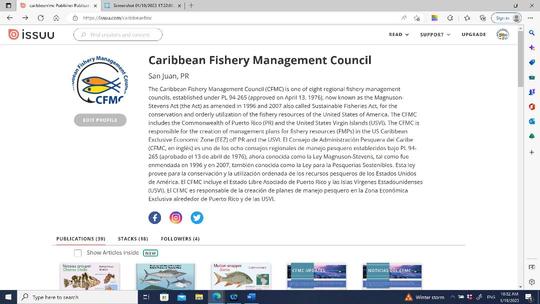


CFMC would like to thank James Kreglo for the information and the photographs he provided. We also wish to thank Carlos Farchette for interviewing J. Kreglo and for his support in drafting the article about J. Kreglo.
